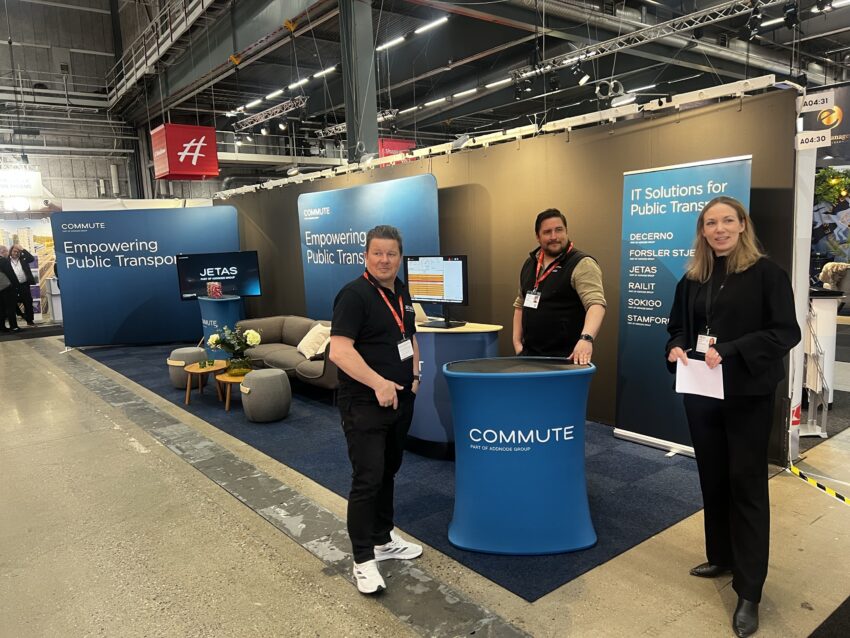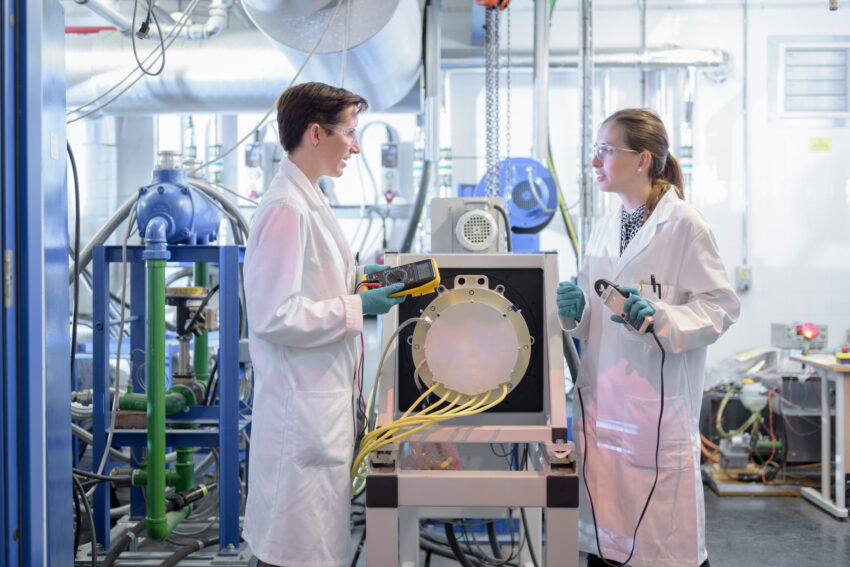Addnode Innovations is our annual, group-wide program that turns employee ideas into real products and services. Since its start in 2017, more than 250 colleagues have taken part in the program. Participants learn hands-on about ideation, finding product–market fit, building pitch decks, and presenting on stage. The winning team receives SEK 1 million in funding and dedicated coaching to help bring their idea to life.
This year’s winner is Naviate BioScore from Symetri. When the team applied, they had a vision for a tool that could help measure wellbeing in buildings. Just five months after winning the competition in May, they are already preparing customer pilots and beginning to roll out BioScore in practice. The tool helps building design teams discuss human wellbeing and connection to nature during early room and floor-plan design, alongside checks like daylight, energy, and carbon. We met the team to learn more.
Who is behind BioScore?
BioScore is developed by Symetri’s Co-Innovation Lab (COIL), a team working at the intersection of sustainability, design technology and product development. The group includes Shivani, who leads COIL and drives Research and Innovation direction for strategic emerging areas; Luc, with a background in construction and BIM, focused on design workflows and implementation; and Geoffrey, trained in architectural design and construction, focused on customer insight, training and adoption.
Our mix of roles matters. We keep the research credible, the workflow practical and the explanations clear for both designers and clients.

What is BioScore, in plain words?
BioScore is a simple scoring method that helps architects and designers talk about how specific rooms and layouts may feel for the people who use them. It adds a human perspective to early decisions and keeps the discussion close to everyday project work.
What problem does it solve?
Many teams want to design with nature and wellbeing in mind, but it is hard to show what that means in practice. BioScore turns those ideas into something measurable and easy to share. It helps set a few sensible goals at the start of a building project, compare options and see trade-offs at room, floor and concept level.
Design teams already measure daylight and energy. BioScore adds a clear language for wellbeing so choices can be explained to clients in a way that makes sense.
How did you shape the idea into a tool people can use?
The team mapped real project workflows and built a scoring logic that fits inside them. Short sprints, quick prototypes and regular feedback guided each step. The goal is for BioScore to feel like a design companion during concept work, not a compliance checklist.
How does it fit into customer tools?
BioScore is being prototyped for early-stage planning in Autodesk Forma, with a path toward Revit through Naviate. The aim is a smooth experience that lets users check wellbeing alongside existing performance metrics without leaving their normal solutions.
What have customers said so far?
Interest has been strong from international architecture firms. The most common requests are to keep the solution clear, reduce manual input and make results easy to share. Several firms are preparing pilots to test BioScore on live projects.
The message from users is consistent. Make it simple, keep it inside our workflow and help us explain the impact in a way clients understand.
What has been the hardest part?
Balancing scientific rigor with ease of use. Turning research into a score that feels fair and intuitive takes repeated testing and honest feedback. The team continues to refine the logic so it supports quick concept studies as well as deeper reviews.
What makes BioScore different?
Accessibility. It meets designers where they already work and adds a shared language for wellbeing that designers, sustainability specialists and clients can use together. It does not replace existing metrics. It complements them with a clear human perspective.
What is the plan from here?
The team will continue prototyping and expand pilot testing with selected customers over the coming months. Next steps include improving reporting, validating results on varied project types and preparing a first version for broader validation next year.
Any advice for colleagues thinking about entering Addnode Innovations?
Start small. Build a simple version, show it to users and listen. You do not need every answer on day one. Curiosity and collaboration carry ideas a long way.
BioScore shows how ideas from across the Addnode Innovation Program can evolve into solutions that make a measurable impact – on projects, people, and the planet.



